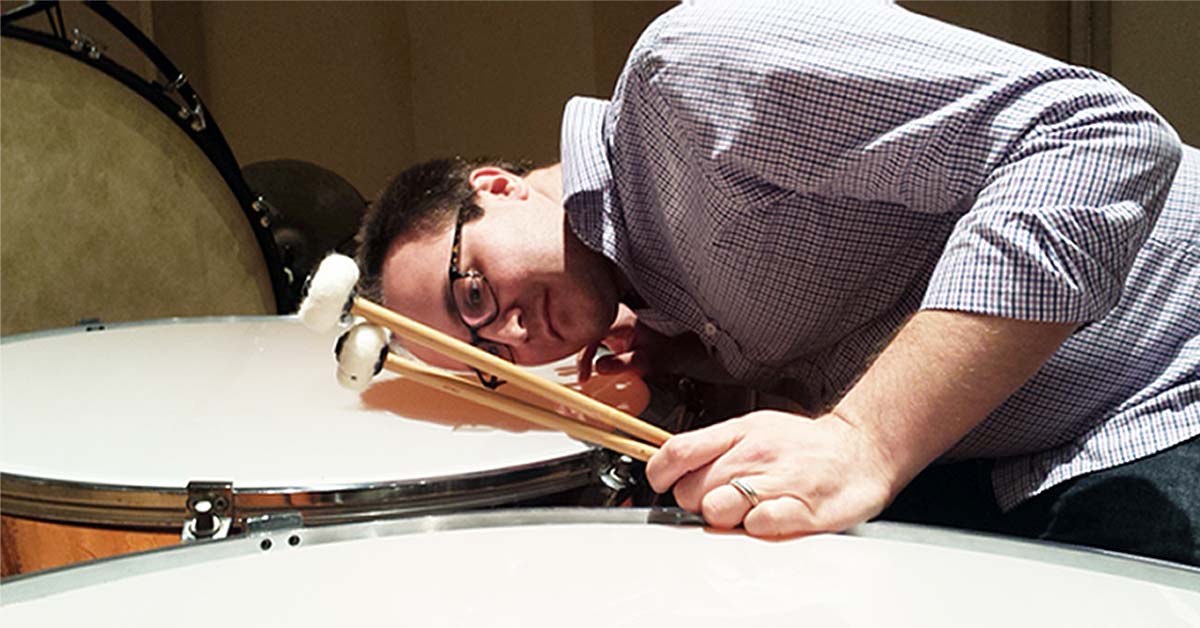The winter holiday season has traditionally been a cash cow for live performing arts organizations. Productions such as The Nutcracker pack large concert halls with patrons willing to spend money on tickets for a production they’ve likely seen a number of times before.
However, times are changing and big budget productions that were traditionally available only in New York City are starting to hit the road. Such is the case with the Radio City Christmas Spectacular show, which bills itself as “America’s most beloved holiday theatrical”.
The RCCS began to set up performances in multiple cities a few years ago and in some cases they’ve bumped long running Nutcracker productions out of the respective city’s primary performance venue. Being able to divert a portion of the ticket revenue away from Nutcracker performances does much more than have a negative impact on a local ballet company – it forces these organizations to realize they may have to compete with other productions as opposed to audience apathy and disinterest.
In mid and small size communities most musicians and even some orchestras rely on regular income from performing as a pit orchestra during Nutcracker productions. Less Nutcrackers means less income, smaller budgets, and a reduced overall presence in the community; none of that leads to a happy ending.
This decline in community presence contributes to a weakening in the cumulative presence of classical music and for a performing arts industry that is already seeing the lowest numbers active participation in 100 years this loss can be a prelude to an extinction event in some communities.
Necessity is the mother of invention
Fortunately, there’s a positive side to this situation; traditional classical arts organizations are learning to adapt and fight fire with fire. No, they aren’t adopting a kick-step-step-kick Rockettes line into a new ballet production. Instead, many ballet companies are retooling the choreography and set/costume design of their Nutcracker productions to include some of the “big” elements the RCCS provides without simultaneously denigrating the artistic quality.
This is a good thing.
One of the reasons classical music and ballet productions have been in decline is their static perception among the general public; they stopped evolving their product. As a result, they’ve allowed themselves to become easy targets for glitzy for profit productions such as the RCCS; and when it comes to market share, a nonprofit status won’t protect you one bit.
Becoming friendly, inclusive, and more entertaining while remaining true to the art form will allow Nutcracker productions to continue being a relevant component of any community for decades to come.
It’s doubtful that the showdown between RCCS and Nutcracker will be the final conflict between for profit and nonprofit live performance entertainment. The lessons learned here related to staying true to the art while also being entertaining will hopefully be adopted by other orchestra, opera, and ballet organizations before the competition shows up at their doorstep. Learning to anticipate the competition will prevent them from having to react to it.










